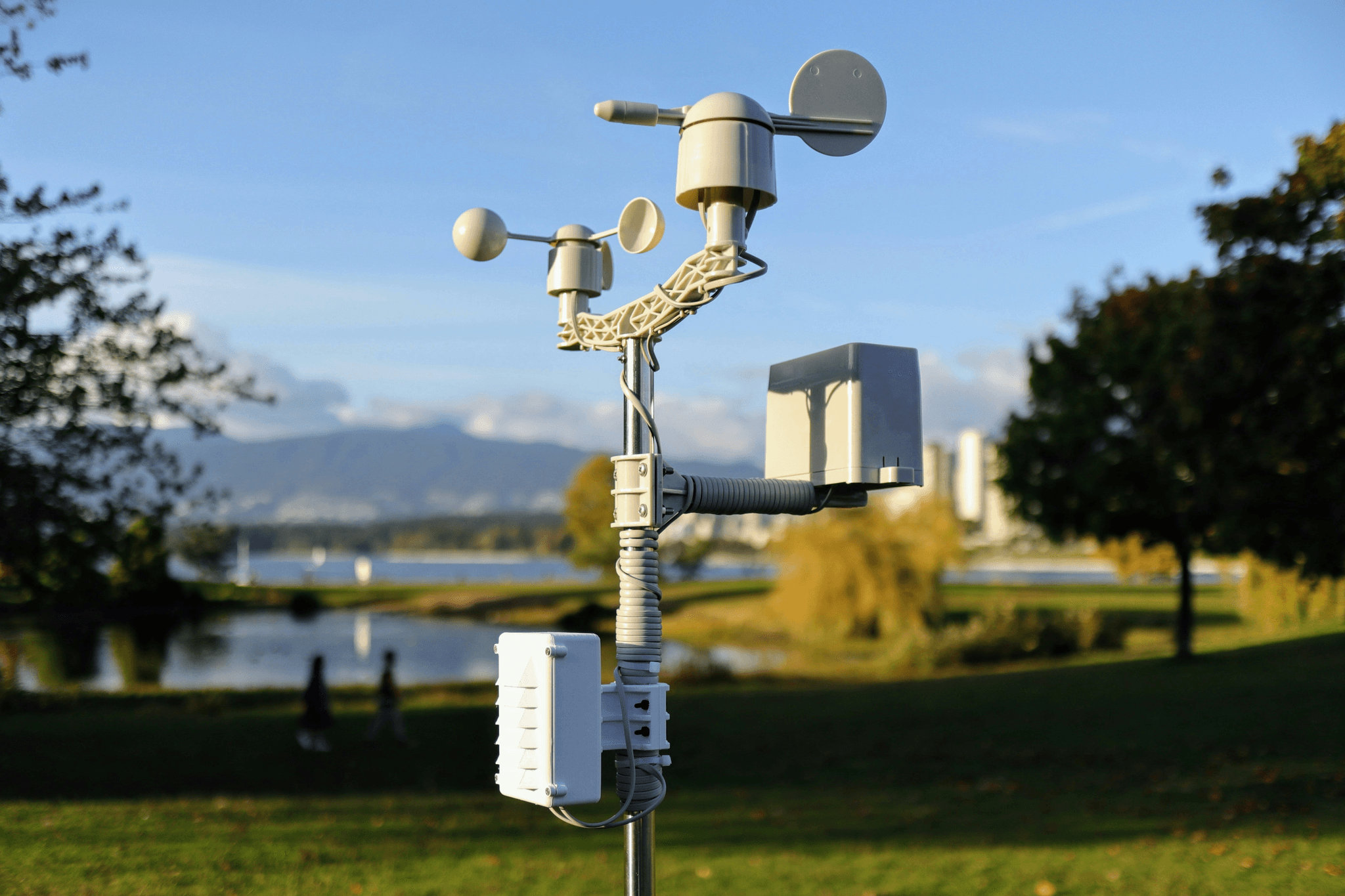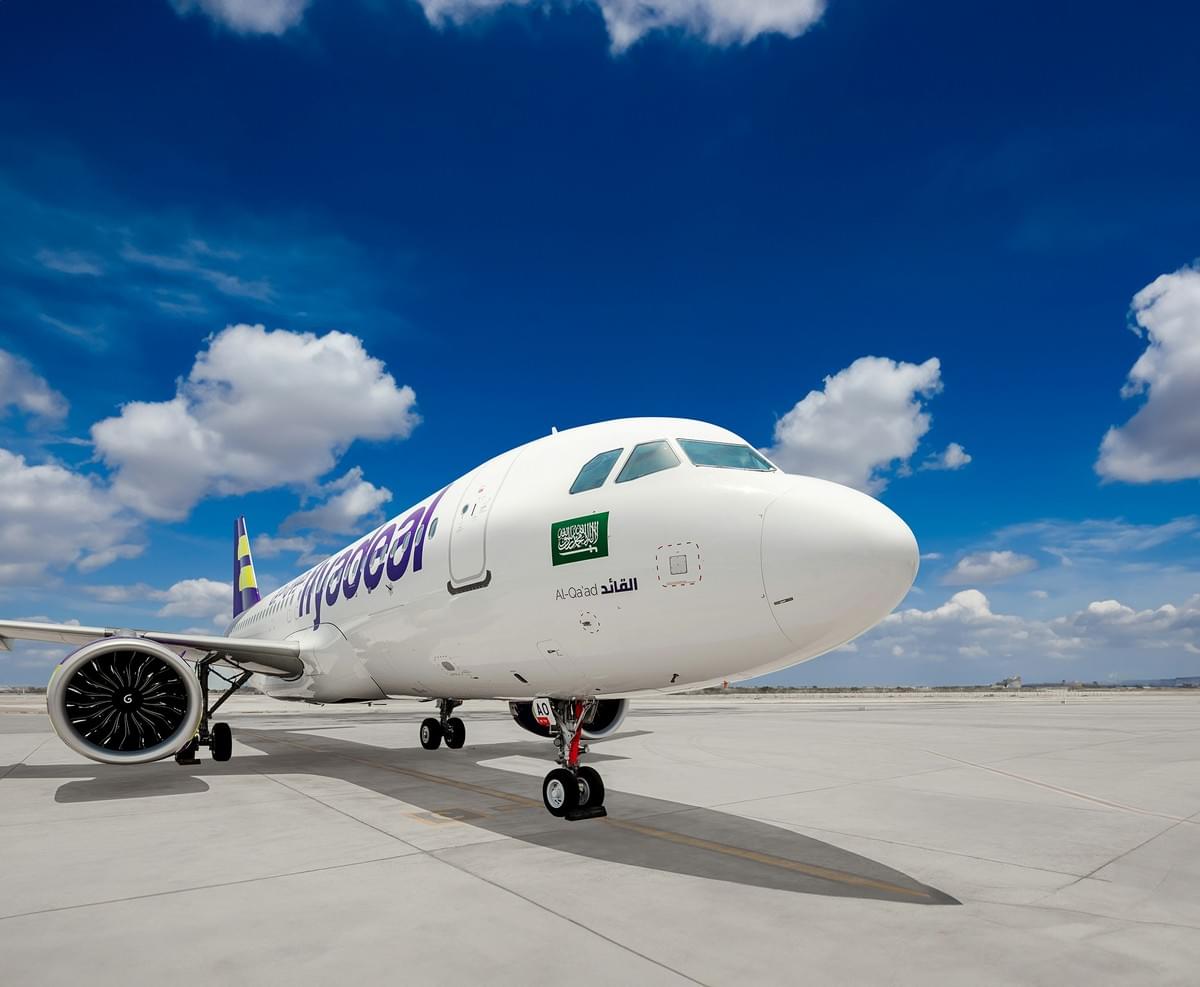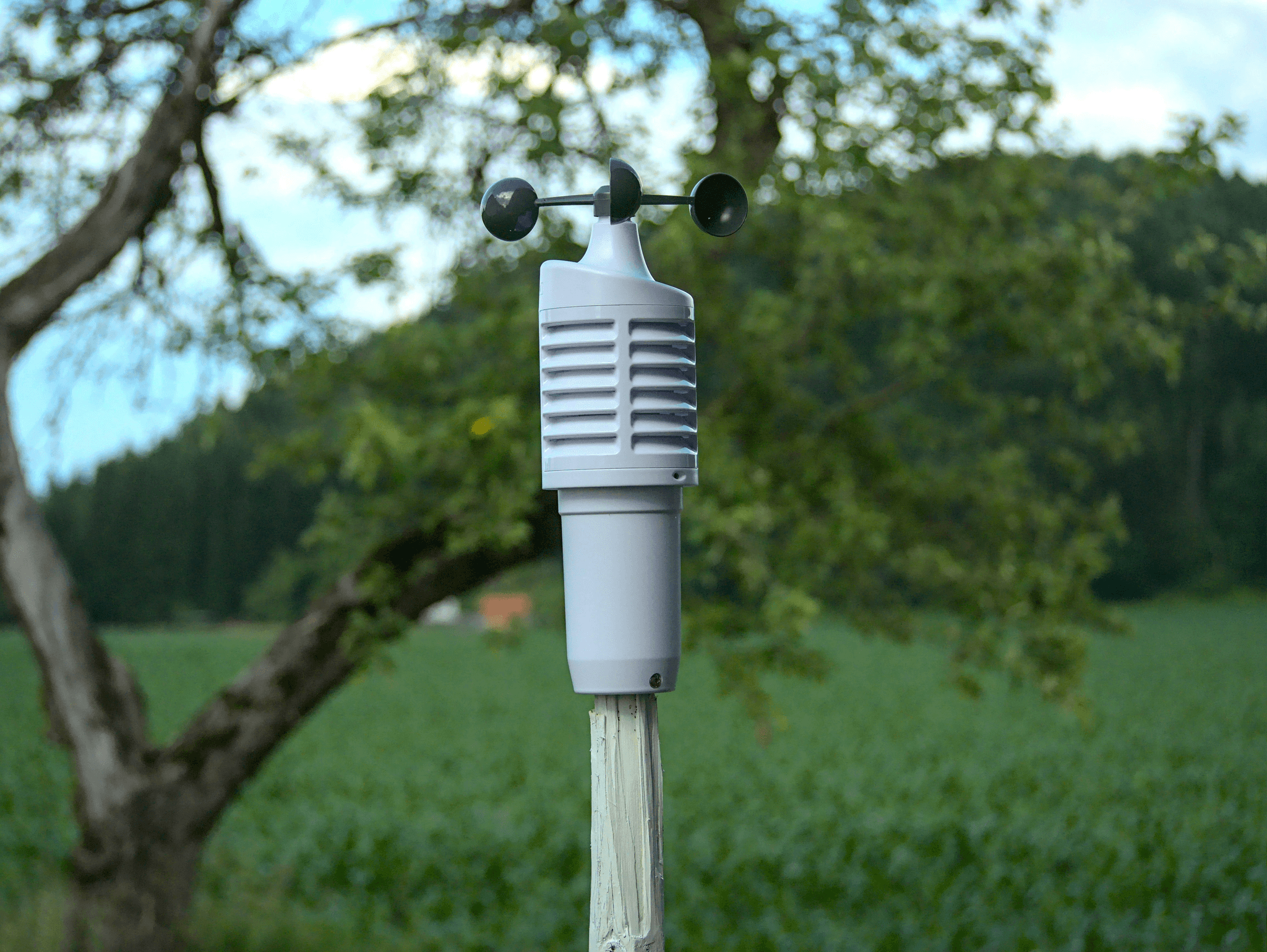Introduction

Airport weather observation stations are vital for ensuring the safety and efficiency of air travel. These stations are equipped with advanced weather instruments to monitor and report meteorological conditions, providing crucial data for pilots, airlines, and air traffic control. The impact of airport weather stations on air travel is significant, as they play a key role in decision-making processes related to flight operations and safety.
What are Airport Weather Observation Stations?
Airport weather observation stations, also known as AWOS or ASOS, are automated systems that collect real-time weather data at airports. These stations use a variety of advanced weather instruments to measure parameters such as wind speed and direction, pressure, humidity, and temperature. The data collected by these stations is essential for accurate weather forecasting and flight planning.
Importance of Airport Weather Stations
The importance of airport weather stations cannot be overstated. Reliable and timely weather information is critical for ensuring the safety of flights and minimizing disruptions due to adverse weather conditions. Pilots rely on this information to make informed decisions about takeoff, landing, and route adjustments, while airlines use it to optimize operational efficiency.
How Airport Weather Stations Impact Air Travel
Airport weather stations have a direct impact on air travel by providing crucial meteorological data that influences flight operations and safety protocols. Accurate information from these stations enables air traffic control systems to make informed decisions about managing air traffic flow during changing weather conditions. This ultimately contributes to the overall safety and efficiency of air travel.
Types of Airport Weather Instruments

Anemometers for wind speed and direction
Anemometers are essential weather instruments at airports, used to measure wind speed and direction. These instruments help airport personnel and pilots understand the current wind conditions, crucial for safe takeoffs and landings. Accurate anemometers are vital for ensuring the safety and efficiency of air travel.
Barometers for pressure measurement
Barometers play a critical role in helping airport weather stations monitor changes in atmospheric pressure, which can directly impact flight operations. By accurately measuring air pressure, barometers provide valuable data for forecasting weather patterns and anticipating potential disruptions to airport activities. Without reliable barometers, airports would struggle to make informed decisions about flight scheduling and safety measures in response to changing atmospheric conditions. Therefore, investing in high-quality barometers is essential for ensuring the smooth operation of airport weather stations and the safety of air travel.
Hygrometers for humidity
Hygrometers play a critical role in measuring humidity levels at airports, providing valuable data for pilots and ground staff. Understanding humidity levels is vital for assessing potential fog or icing conditions that could affect aircraft performance. Accurate hygrometers are essential for ensuring safe flying conditions.
In addition to aiding in assessing potential fog or icing conditions, hygrometers also help in determining the comfort levels for passengers and crew members. By accurately measuring humidity levels, airport personnel can make adjustments to the cabin environment to ensure a more pleasant flying experience. This is especially important for long-haul flights where passenger comfort is a top priority.
Thermometers for temperature
Thermometers are used to measure temperature variations at airports, providing crucial information on current weather conditions. This data is vital for pilots to make informed decisions about aircraft performance and handling in different temperature ranges. Reliable thermometers are essential for ensuring safe takeoffs and landings.
Thermometers at airports are not only used to measure temperature variations, but also to monitor changes in weather patterns such as sudden drops or increases in temperature. This real-time data is crucial for pilots to anticipate and adapt to changing conditions during takeoff and landing. Without accurate thermometers, pilots would be unable to make informed decisions about aircraft performance, potentially compromising the safety of flights.
Airport Weather Station Equipment

Airport weather stations rely on a variety of advanced equipment to gather accurate and reliable meteorological data. One such example is Haisen's BHZG01 Aviation Automatic Weather Observation Station, which is designed to support mainstream communication standards and practices, ensuring seamless integration of meteorological data into existing air traffic control and airport service systems. This state-of-the-art equipment plays a crucial role in providing real-time weather information to pilots and airlines, ultimately enhancing safety and efficiency in air travel.
Haisen's BHZG01 Aviation Automatic Weather Observation Station
The BHZG01 aviation automatic weather observation station is a cutting-edge piece of technology that supports the information exchange method defined by ICAO. Its system architecture ensures smooth integration of meteorological data into various aviation systems, allowing for the continued use of existing technology investments. This means that airports can save time, money, and energy by leveraging their current infrastructure while benefiting from the latest advancements in weather observation technology.
In addition to the BHZG01, airports also utilize other advanced weather observation equipment to ensure the safety and efficiency of air travel. These include radar systems that provide real-time information on precipitation, wind speed, and storm patterns, allowing pilots to make informed decisions about takeoff and landing. Furthermore, sophisticated lightning detection sensors are employed to alert airport personnel and air traffic controllers of approaching storms, minimizing the risk of lightning-related accidents. By integrating these cutting-edge technologies with the BHZG01, airports can create a comprehensive weather monitoring network that enhances overall operational effectiveness.
Other advanced weather observation equipment used at airports
In addition to Haisen's BHZG01 station, airports utilize a range of other sophisticated weather observation instruments to monitor atmospheric conditions. These may include anemometers for measuring wind speed and direction, barometers for pressure measurement, hygrometers for humidity assessment, and thermometers for temperature readings. The combination of these instruments provides comprehensive data that is vital for flight operations and safety.
In order to ensure the accuracy and reliability of airport weather stations, regular maintenance and calibration are essential. Highly trained technicians are responsible for conducting routine checks and adjustments to guarantee that all instruments are functioning correctly. Additionally, calibration procedures involve comparing the readings of each instrument with known standards to identify any discrepancies and make necessary corrections. This meticulous attention to detail ensures that the data collected is precise and dependable for aviation purposes.
How airport weather stations are maintained and calibrated
To ensure the accuracy of meteorological data, airport weather stations undergo regular maintenance and calibration procedures. This involves thorough inspections of all weather instruments to verify their precision and reliability. Additionally, calibration processes are carried out to adjust the instruments as necessary, guaranteeing that they continue to provide precise readings essential for safe air travel.
Regular maintenance also involves checking for any signs of wear and tear on the weather instruments, such as corrosion or damage from extreme weather conditions. Any issues found during inspections are promptly addressed to ensure that the instruments continue to function optimally. This proactive approach to maintenance helps prevent potential malfunctions that could compromise the accuracy of meteorological data.
Integration of Airport Weather Data

Airport weather data is crucially integrated into air traffic control systems to ensure the safety and efficiency of air travel. By using advanced airport weather stations, real-time meteorological information is collected and transmitted to air traffic controllers, allowing them to make informed decisions about flight paths, takeoff and landing procedures, and overall airport operations.
How airport weather data is integrated into air traffic control systems
Airport weather stations use sophisticated instruments such as anemometers, barometers, hygrometers, and thermometers to gather accurate data on wind speed and direction, pressure, humidity, and temperature. This information is then transmitted to air traffic control systems in real-time through seamless integration methods defined by ICAO standards. This integration allows for the continuous monitoring of changing weather conditions that could impact flight operations.
Importance of accurate and timely weather information for pilots and airlines
Pilots and airlines rely heavily on accurate and timely weather information provided by airport weather stations to make critical decisions regarding flight routes, departure times, and potential diversions. With the integration of this data into their systems, they can better anticipate any adverse weather conditions that may affect their flights, ultimately ensuring the safety of passengers and crew members.
Impact of weather data on flight operations and safety
The impact of integrated airport weather data on flight operations cannot be overstated. It enables pilots to navigate through challenging weather conditions with confidence while also allowing airlines to optimize their schedules based on current meteorological conditions. Additionally, this integration significantly enhances overall flight safety by providing real-time updates on potentially hazardous weather events.
Furthermore, integrated airport weather data allows for more efficient decision-making in the event of unexpected weather changes, such as sudden storms or fog. Pilots can quickly adjust their flight paths or make alternative landing arrangements based on real-time updates, reducing the risk of potential delays or cancellations. This level of adaptability is crucial in ensuring that flights can continue to operate safely and on schedule, even in the face of unpredictable weather conditions.
Challenges and Innovations in Airport Weather Observations

Overcoming weather-related disruptions at airports
One of the main challenges faced by airport weather stations is the need to overcome weather-related disruptions that can affect flight operations. From heavy snowfall to thunderstorms, adverse weather conditions can lead to delays, cancellations, and even safety concerns for air travel. Airport weather stations must constantly monitor and provide accurate data to help airports and airlines make informed decisions in managing these disruptions.
Advancements in airport weather forecasting technology
With advancements in technology, airport weather forecasting has greatly improved over the years. Weather prediction models have become more accurate, allowing for better anticipation of upcoming weather patterns and potential disruptions. Additionally, the use of advanced radar systems and satellite imagery has enhanced the ability to track and predict severe weather events, providing valuable information for airport operations.
Future trends in airport weather observation stations
The future of airport weather observation stations is marked by innovations aimed at further improving accuracy and efficiency. This includes the development of more sophisticated sensors and instruments for data collection, as well as the integration of artificial intelligence (AI) technologies for enhanced analysis and prediction of weather patterns. Furthermore, there is a growing focus on sustainability, with efforts to develop eco-friendly solutions for powering airport weather stations.
With Haisen's BHZG01 Aviation Automatic Weather Observation Station leading the way in technological advancements for airport weather observation equipment, it supports mainstream communication standards and practices while ensuring seamless integration into existing air traffic control systems.
Conclusion

Reliable airport weather stations are crucial for ensuring the safety and efficiency of air travel. These stations play a vital role in providing accurate and timely weather information to pilots and airlines, helping them make informed decisions. With advancements in airport weather observations, such as Haisen's BHZG01 aviation automatic weather observation station, airports can now seamlessly integrate meteorological data into air traffic control systems, ensuring smooth operations.
Importance of Reliable Airport Weather Stations
Airport weather stations play a critical role in providing essential weather information to pilots and airlines. They help monitor wind speed and direction, pressure, humidity, and temperature, enabling accurate forecasting of weather conditions at airports. This information is vital for safe takeoffs, landings, and overall flight operations.
Technology Advancements in Airport Weather Observations
With the advancement of technology, airport weather stations now use sophisticated instruments such as anemometers, barometers, hygrometers, and thermometers to gather precise meteorological data. Haisen's BHZG01 aviation automatic weather observation station is a prime example of innovative equipment that supports seamless integration of meteorological data into existing air traffic control systems.
Ensuring Safety and Efficiency in Air Travel
The integration of reliable airport weather data into air traffic control systems is paramount for ensuring the safety and efficiency of air travel. Accurate and timely weather information allows pilots to make informed decisions about flight routes and schedules while minimizing disruptions caused by adverse weather conditions.
